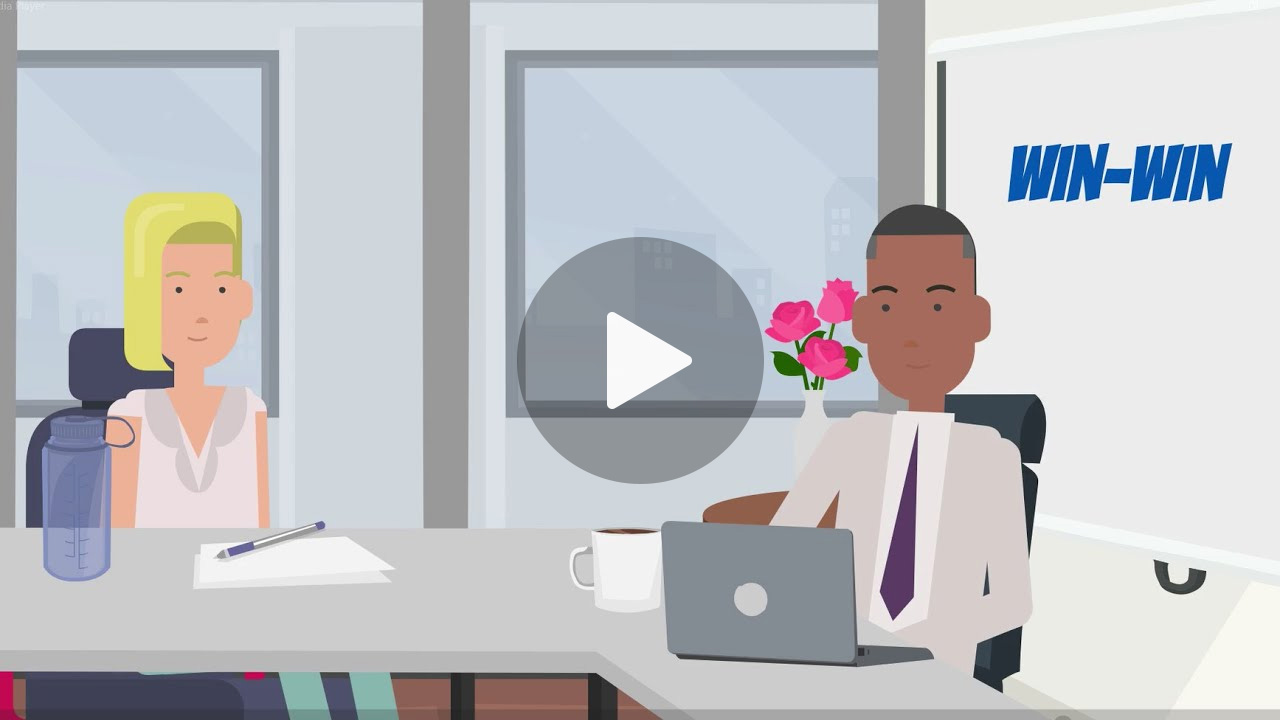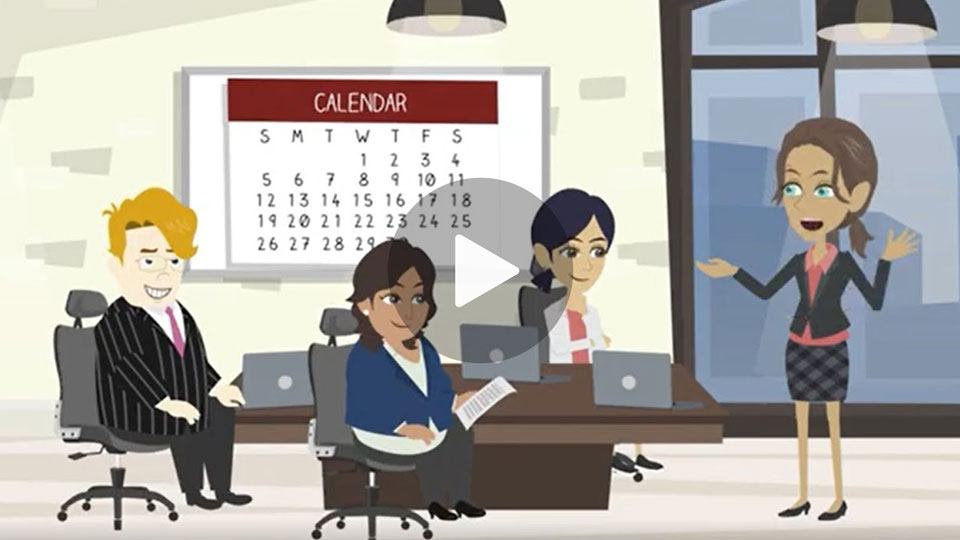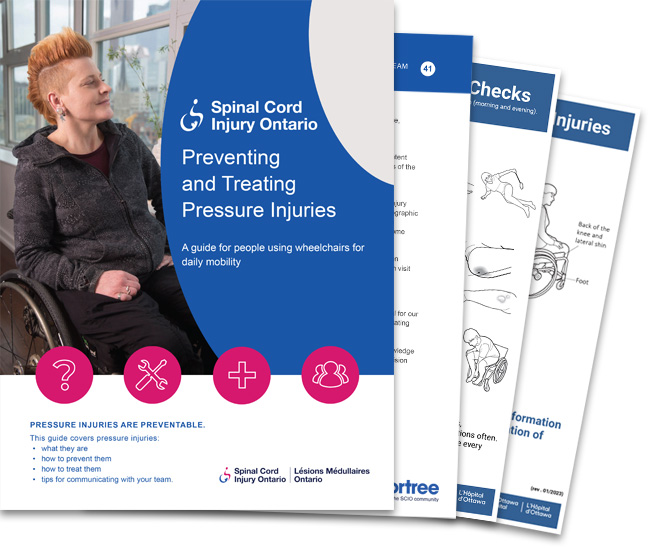Job customization – or job carving – is an effective approach to creating tailored employment opportunities for people living with disabilities. It is a process of customizing job duties and responsibilities, to align the needs of the employer with the abilities and strengths of employees living with disabilities. It involves breaking down traditional job roles and redesigning them to better suit the employee’s skills and career development goals.
For the employer, job carving opens their doors to a wider pool of talented employees and job seekers, a motivated and capable workforce. This diversity brings fresh perspectives, enhanced creativity, and increased productivity to the organization. By accommodating the unique abilities of employees with disabilities, organizations create an environment that fosters diversity, equity, and respect. An inclusive culture promotes a positive work environment for all employees. A diverse and inclusive workplace also reflects very positively on the employer’s corporate brand and reputation within the community.
Job carving benefits the employee with disabilities by providing them with an opportunity to contribute their skills and expertise in a meaningful way, leading to increased job satisfaction and improved self-esteem. By tailoring job roles to their strengths, employees can excel in their positions and realize their full potential.
So, how can an employer implement job customization in the workplace? Here are some steps we can recommend, to help get you started to identify customization opportunities.
- Engage in open communication: Be sure to discuss with employees their skills, preferences, and career goals, to help identify opportunities for job carving.
- Identify positions that would be suitable for job carving. Assess existing roles and identify tasks which can be customized based on people’s strengths, abilities and workloads and the employer’s needs.
- Collaborate with service providers like Accessible Employment Services, accessiblework.ca. Consider partnering with organizations who specialize in job placement for people with disabilities. These service providers can provide valuable insights and support throughout the assessment and customization process.
- Once you’ve collected all the required information, start tailoring job descriptions, responsibilities, and tasks, to match the abilities and career goals of employees with disabilities. This can often involve workplace change for other staff, so a change management communications plan should be implemented too.
- Ensure the workplace environment is prepared and necessary assistive technologies are in place to support the employee in their new, customized role. This should include providing other staff with appropriate orientation and training related to the change. Learn more about accessible technology.
- Monitor and evaluate: Always be sure to regularly assess the effectiveness of the job customization and adjust the customized role and coach the employee as needed.
Job customization is a powerful strategy that promotes diversity, inclusion, and equal opportunities in the workplace. By focusing on abilities and providing tailored employment opportunities, employers can expand their potential talent pool, unlock the potential of individuals with disabilities and create a more inclusive and successful organization.





